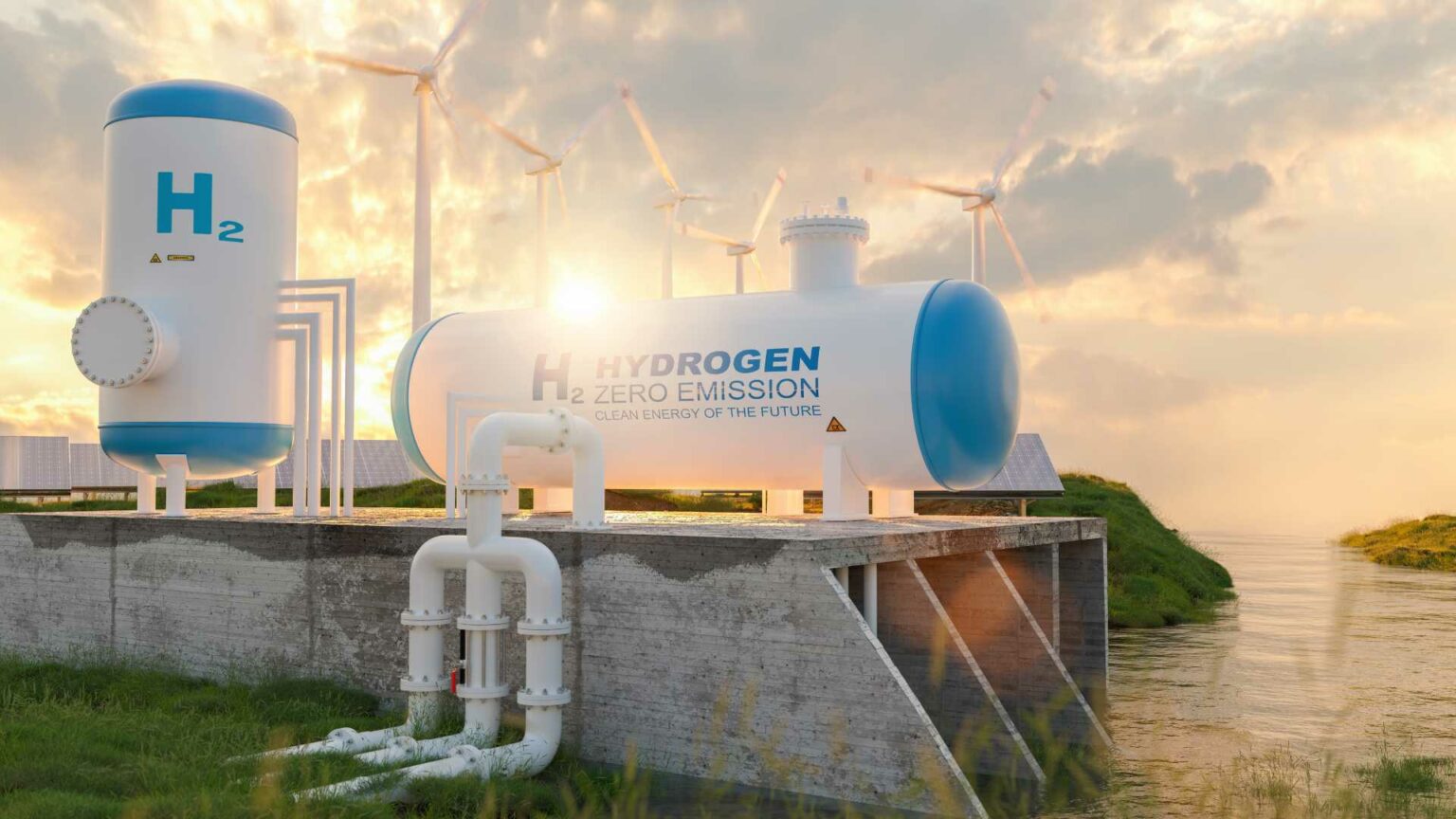The world’s increasing energy demand poses substantial challenges for sustainable energy production and consumption. Renewable energy sources such as solar and wind are expanding but struggle to meet consistent demand due to their dependence on weather conditions.
Hydrogen energy is a promising alternative due to its high energy density and low environmental impact. Unlike fossil fuels, hydrogen can be stored and transported easily, providing stable energy regardless of external conditions.
To realize the full potential of hydrogen as a clean energy carrier, efficient storage methods are crucial. The study by Akshay M. Satawara and colleagues explores the use of high surface area materials decorated with alkali and transition metals to enhance hydrogen storage capacity. This investigation is pivotal for advancing hydrogen economy infrastructure.
Using density functional theory (DFT) calculations, the researchers examined interactions between hydrogen (H2) molecules and hexagonal boron nitride nanotubes (h-BNNT) decorated with various alkali metals (AM) and transition metals (TM). Stability of h-BNNT was confirmed through negative cohesive energy, positive phonon dispersion curves, and room temperature ab initio molecular dynamics (AIMD) calculations.
The study found that the adsorption of H2 molecules on AM/TM decorated h-BNNT falls within the physisorption regime, which indicates a weak, yet efficacious binding appropriate for storage applications. Notably, sodium (Na), potassium (K), and gold (Au) decorated h-BNNT could store up to seven H2 molecules each, while copper (Cu) and silver (Ag) could bind up to eight. Lithium (Li), however, was limited to six H2 molecules.
A significant takeaway from the research is the predicted hydrogen storage capacity under optimal conditions, which ranges from 3.77% to 6.72% by weight. This gravimetric weight percentage capacity reflects the promise of AM/TM decorated h-BNNT as a viable medium for storing hydrogen.
